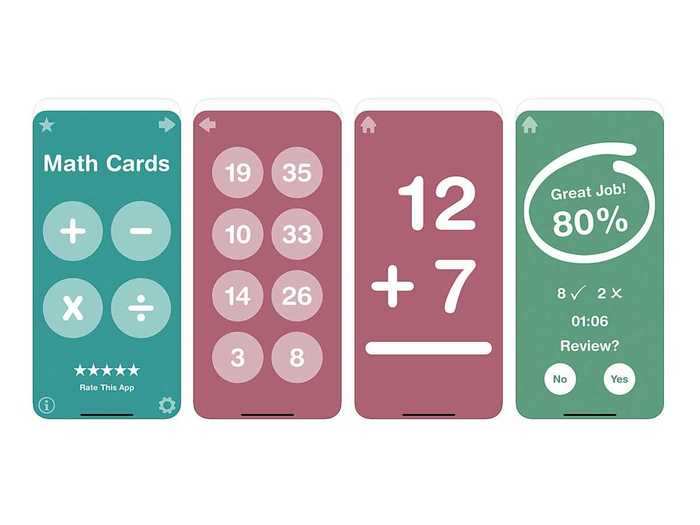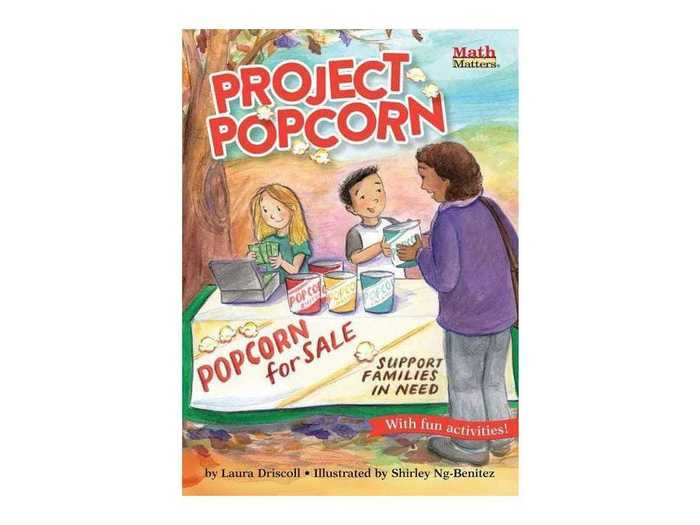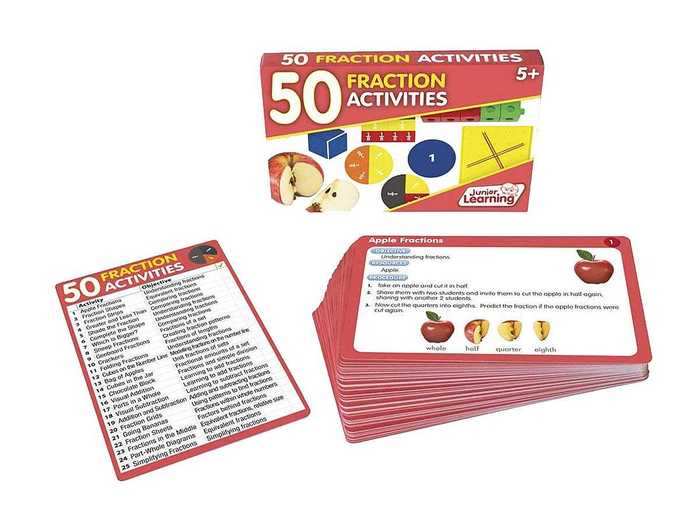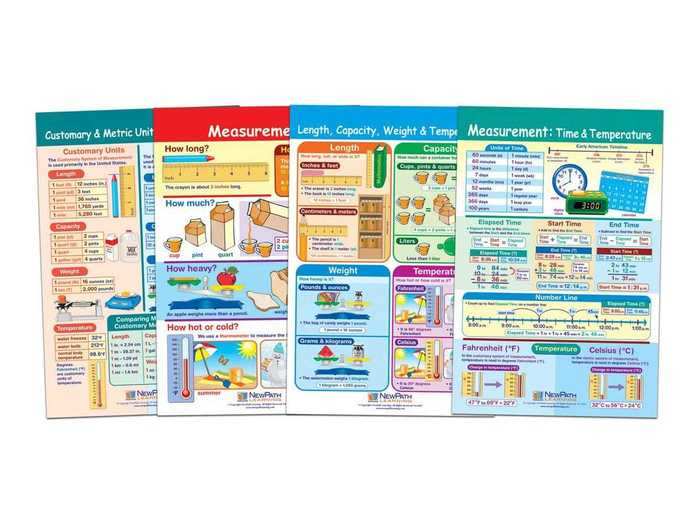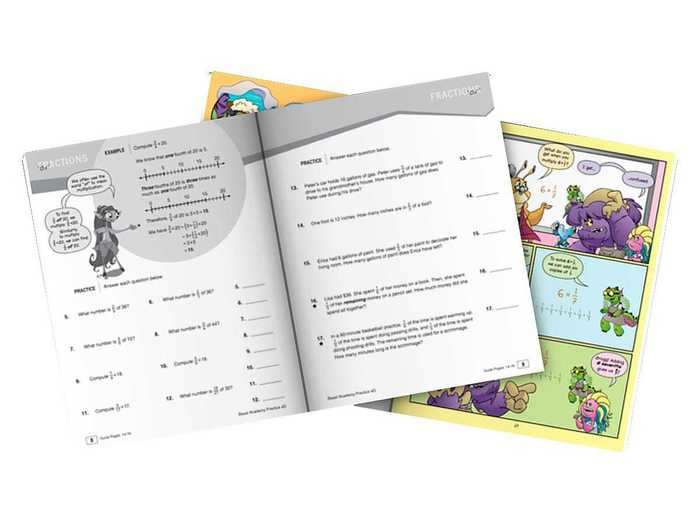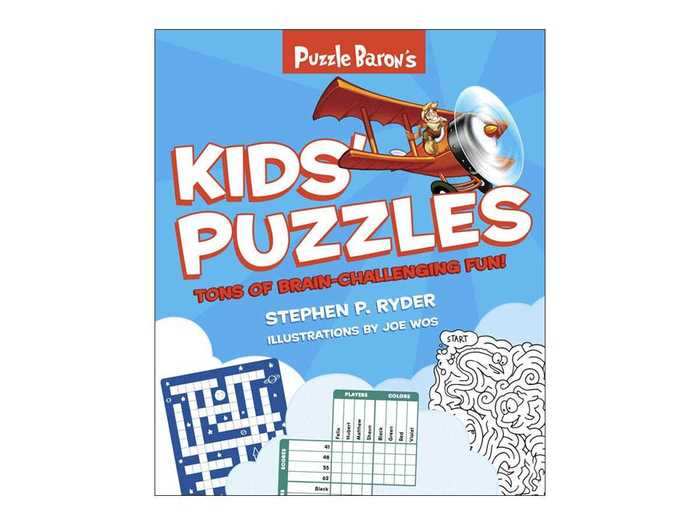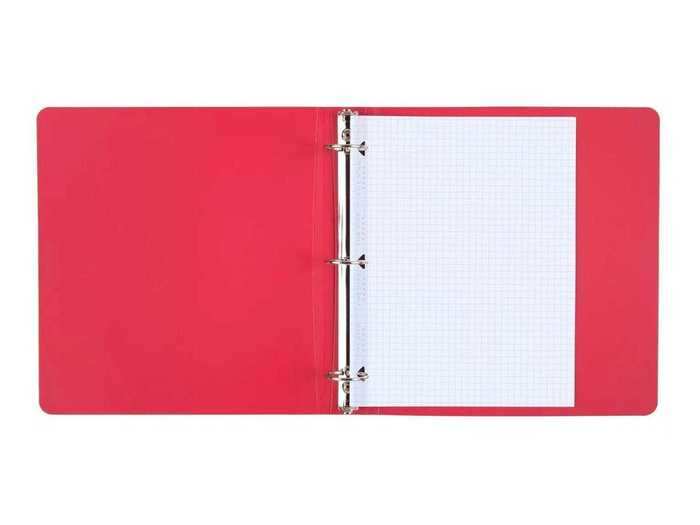When you buy through our links, we may earn money from our affiliate partners. Learn more.
Simple learning tools can help illustrate math concepts for children.Maskot/Getty Images
- Learning math is challenging, but the right resources can make it easier for children and for parents who often need a refresher.
- There are handy learning tools to help you and your child master math concepts, from creating multiplication tables and drawing polygons to learning units of measurement.
- My years teaching math have made me grateful for these games and activities that make math more relatable.
I've been teaching second- and third-graders mathematical problem solving for six years. In that time, I've learned that kids are more apt to enjoy math if they already have a strong foundation. Kids with a shaky foundation can get caught in a sort of negative loop. But that can be overcome with the right tools, resources, and activities.
Many studies have indicated that kids who are read to at home tend to have larger vocabularies and more advanced literary skills than those who aren't. The same is true with math: The more at-home work you and your child do together, the more confident they will be. But it can be tricky if you, the guardian, are not confident in math yourself.
To make things easier, we rounded up seven products to help you and your child with basic math skills — each one reinforces or teaches specific concepts.
Here are seven math resources for kids ages 7 to 13:Read the original article on
Insider
App-based or paper flash cards because, once again, practice makes perfect
A storybook that provides a means (plus median and mode) to an end
"Math Matters: Project Popcorn" by Laura Driscoll, available at Target, $5.99This book does a good job of showing how math can be applied to business and real-life situations. Part youth fiction, part math lesson, "Project Popcorn" follows the Community Champions, who are selling popcorn in order to raise money for families in need. Kids will see how and why mean, median, and mode are used, and why math is important for business and fundraising ventures.
An activity set that teaches fractions with less tension
Junior Learning 50 Fraction Activities, Grades 1 to 5, available at Staples, $12.99This set is suitable for parents who need help explaining how fractions work to their children. It includes 50 activities to teach a child fraction basics plus more challenging topics such as equivalent fractions, comparing fractions, fractions of a set, common denominators, adding and subtracting fractions, simplifying fractions, and multiplying and dividing fractions.
Charts to help your child with uncharted territory
New Path Learning Math Bulletin Board Chart Set, available at Staples, $12.79These 12-by-18-inch dry-erase charts double as a nice visual reminder and as an activity. The front of each chart offers a visual overview of different measurement conversions, while the flip side of each features activities that you can do on the chart itself with a dry-erase marker. Charts cover customary units of measurement; length, capacity, weight, and temperature; and time and temperature measurement. They align with state and national standards, including Common Core.
A fun foundation-building math workbook because practice makes perfect
Beast Academy Workbooks, available at Beast Academy, $27Beast Academy's practice and guide books include full curricula for kids ages 8 to 13. They're called "Beast Academy" because the books are illustrated like a graphic novel featuring different monster characters. I recommend these workbooks if you and your child are ready to commit to doing regular, at-home work, which makes them the perfect weekend or summer break purchase. There are 16 books to choose from, depending on your child's age and the subject matter.
A puzzle book that engages all parts of the brain
Puzzle Baron's Kids' Puzzles, available at Target, $12.39This book is perfect for kids 8 to 11 years old who may be inclined to say they love reading but hate math. It features logic puzzles (essentially a word problem in math), crosswords, cryptograms, acrostics, word searches, and mazes, and will strengthen your kid's analytical and logical thinking.
Good old-fashioned paper that will help your child think inside and outside the box
Five Star 100 count Graph Ruled Reinforced Filler Paper, available at Target, $3.59Do not underestimate the power of simple graph paper. Everyone with school-age children should have a steady supply of this at home. You can use it to create your own multiplication tables. It's also great for visually showing how units of measurement and place values work, and as its name suggests, it's great for creating tables and graphs. Graph paper is also a handy tool for learning shapes and drawing polygons (2D shapes made with straight lines) and practicing area and perimeter problems.

